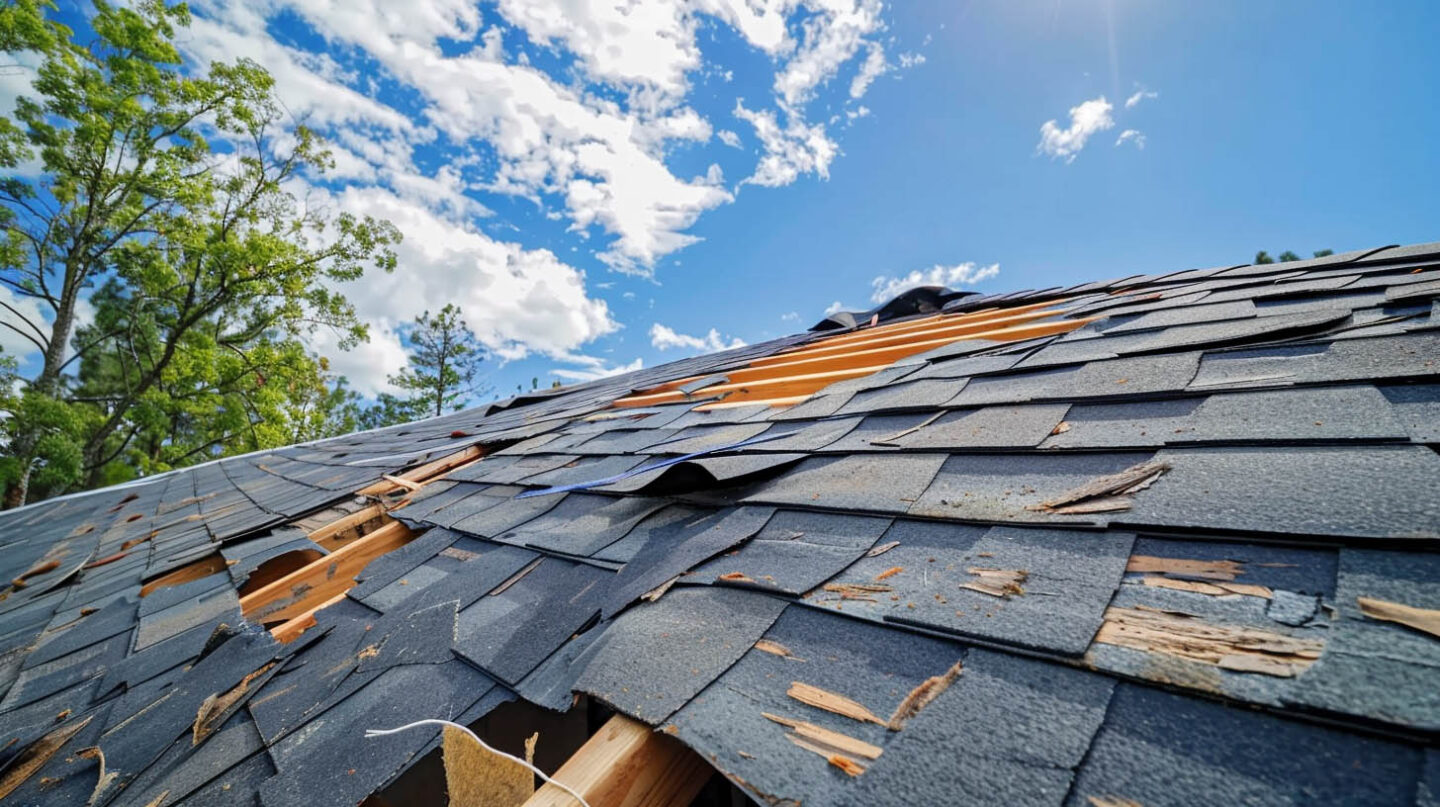When the time comes for a roof replacement, you face a big decision. Do you completely remove the old materials, or do you install new shingles directly over the existing layer of shingles? This choice between a “tear-off” and a “layover” impacts your home’s safety, longevity, and value. At The Shingle Master, we understand that making the right choice is crucial. Our team in Durham, NC, is dedicated to helping you navigate the differences, ensuring you make an informed decision that protects your investment and your family. Let’s explore the pros and cons of each method and how we can assist you in the process.
Understanding Tear-Off and Layover Roofing Methods
The two primary approaches to replacing a roof are the tear-off and the layover. Each method involves different processes, costs, and long-term outcomes for your home. Knowing the basics will help you understand what your contractor is recommending.
A tear-off involves the complete removal of all your old roofing materials down to the roof deck, creating a clean slate. In contrast, a layover (or overlay) is the process of installing a new layer of shingles directly on top of your existing roof. Now, let’s look at what each process entails more closely.
What Is a Roof Tear-Off?
A roof tear-off involves completely removing the existing roofing materials down to the deck. This method allows for a thorough inspection of any underlying damage, ensuring proper installation of new roofing materials and enhancing the roof’s longevity and performance.
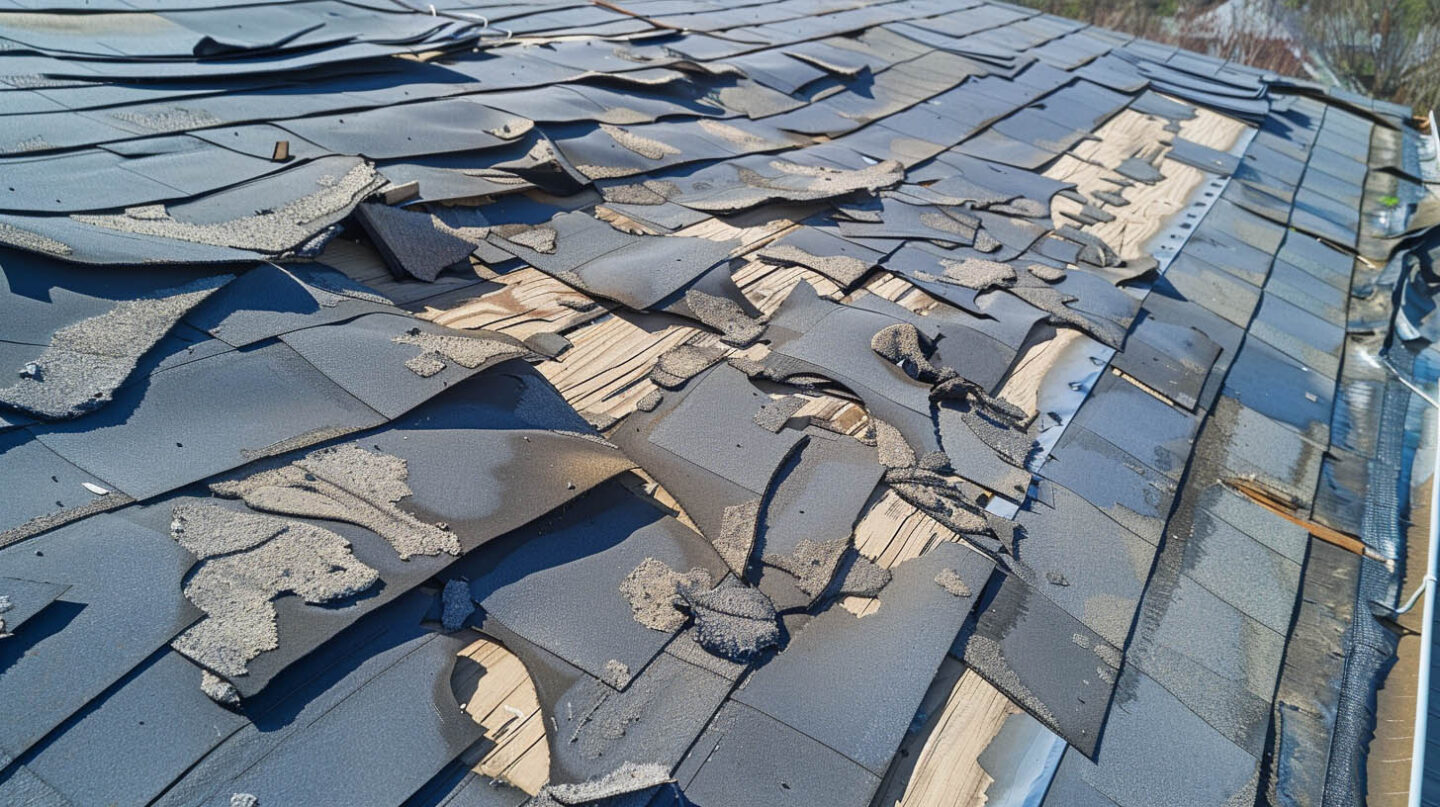
What Is a Roofing Layover (Overlay)?
A roofing layover, or overlay, involves installing a new layer of shingles directly over existing ones without removing them. This method is often quicker and less expensive but may lead to increased weight and potential complications with warranties and long-term durability.
When Should You Consider Tear-Off vs Layover?
Deciding between a tear-off and a layover depends on a few key factors. The condition of your current roof is the most important consideration. A layover is only a viable option if your existing shingles are flat and the underlying structure is in good condition, with no signs of damage.
Additionally, you must consider local building codes, which often dictate what is permissible. Making the right choice is essential for ensuring your roof’s longevity and protecting the value of your home. Let’s examine these factors more closely.
Assessing the Condition of Your Existing Roof
A thorough inspection of your existing roof is crucial in determining whether to opt for a complete roof replacement or a roof layover. Look for signs of damage such as water stains, warped shingles, or compromised sheathing. Understanding the state of these layers of roofing materials can influence your choice and ensure structural integrity. In some cases, underlying issues may necessitate a full replacement, while others may benefit from a new layer of shingles, enhancing your home’s curb appeal and overall value.
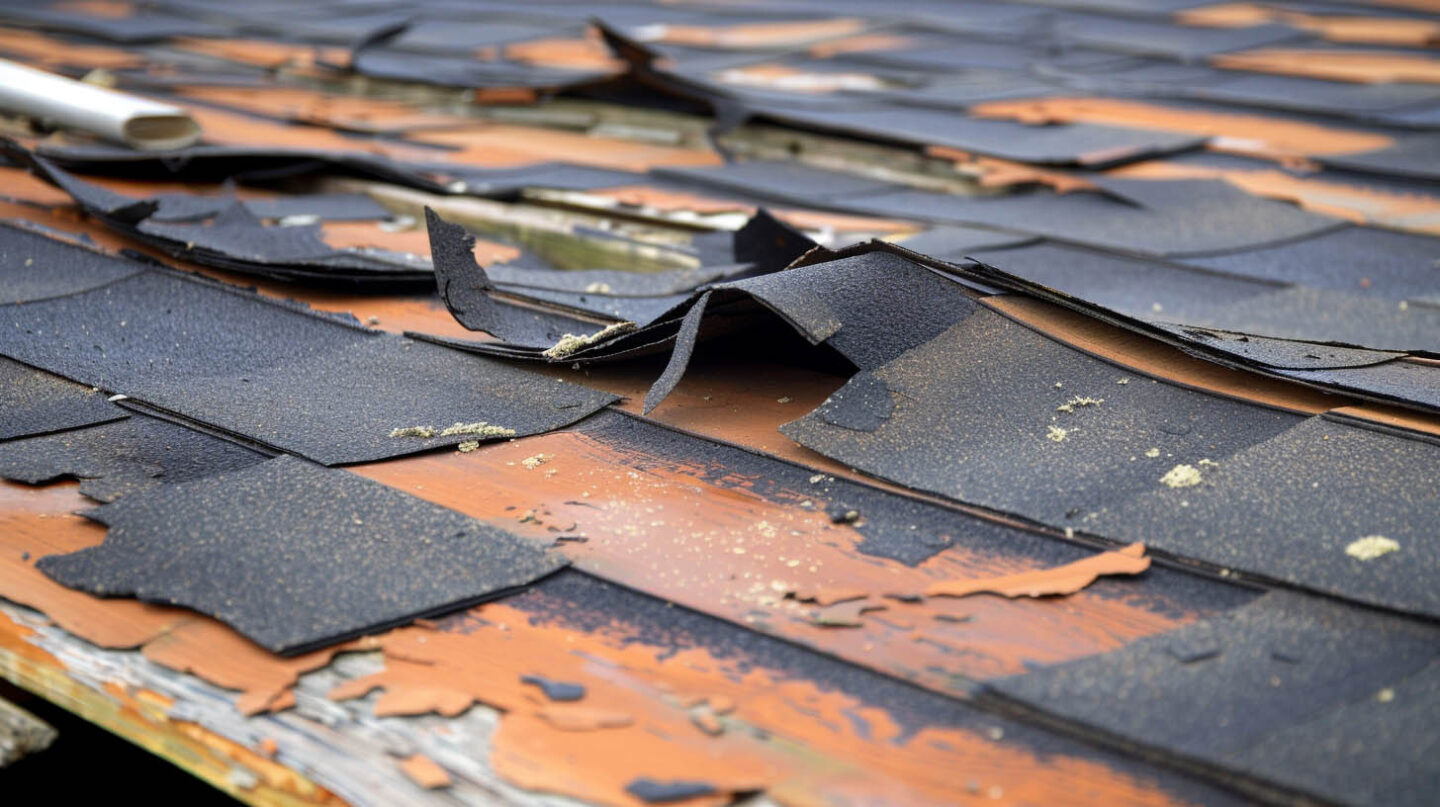
Influence of Local Building Codes and Regulations
Building codes significantly influence your roofing decision, especially between a tear-off and a layover. Many regions mandate complete tear-offs if existing roofing materials exceed a certain number of layers, affecting both the project’s feasibility and costs. Regulations ensure structural integrity and safety, guiding homeowners toward appropriate choices that can impact long-term home value. Adhering to these codes is crucial, not only for compliance but also to prevent costly repairs or insurance issues that may arise from improper installations down the line.
Moisture Risks in Layover Versus Tear-Off
One of the most significant dangers of a roof layover is moisture. When you install new shingles over an old roof, you risk trapping moisture between the layers. This creates a perfect environment for mold, mildew, and rot to develop, unseen, right above your head.
This trapped moisture can compromise your roof deck and eventually lead to serious water damage inside your home. A complete tear-off eliminates this risk entirely by removing all old, potentially damp materials and allowing for a fresh, dry start. We’ll now look at how these hidden issues can develop.
Potential for Hidden Moisture Problems
Moisture issues can often lurk beneath the surface when opting for a roofing layover. An existing layer of shingles may conceal underlying problems, such as water damage or deteriorating materials, leading to costly repairs later. The risk of trapped moisture can compromise the new roofing materials, raising concerns about structural integrity. In a complete roof replacement, thorough inspection ensures that all existing roofing materials are evaluated, safeguarding the longevity and performance of the new layer. Properly addressing these hidden issues contributes to a more durable roofing system.
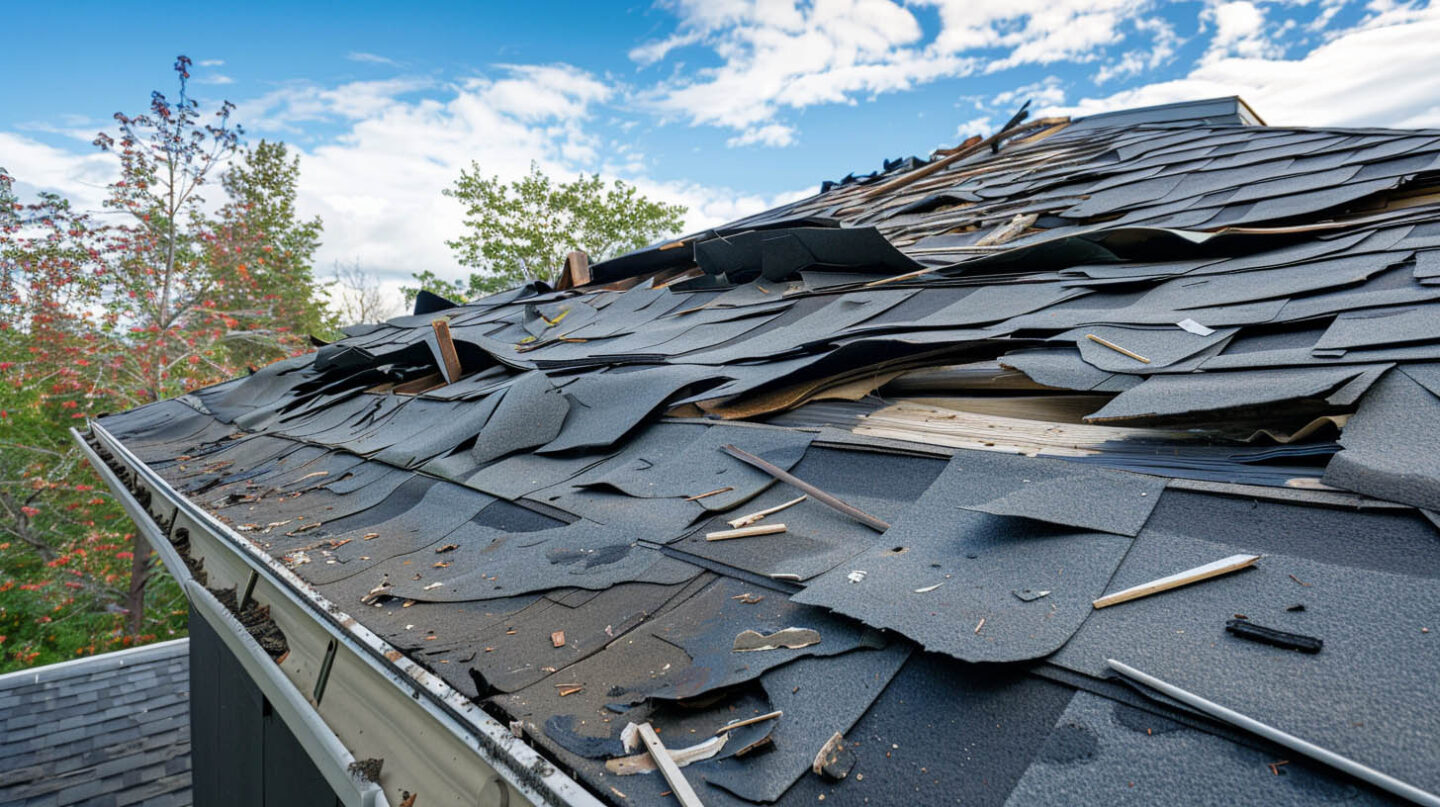
How Layovers Can Conceal Rot and Leaks
Opting for a roofing layover may initially seem like a cost-effective solution; however, it can inadvertently mask underlying issues such as rot and leaks. When a new layer of shingles is installed over existing roofing materials, any damaged sheathing or compromised sections of the roof can be hidden, creating a false sense of security. Over time, this concealed deterioration can lead to more severe water damage, ultimately affecting the structural integrity of the entire roofing system and increasing potential repair costs.
Impact of Roof Weight: Structural and Safety Concerns
Another critical factor to consider is roof weight. Asphalt shingles are heavy, and adding a second layer places a significant additional load on your home’s framework. This added stress can compromise the structural integrity of your house, posing a real safety concern.
Over time, this extra weight can lead to problems that weren’t there before. It’s especially risky for older homes that weren’t built to modern standards. Let’s explore the specific impacts of this additional load on your home’s structure.
Additional Load From Layover Installations
Adding a layer of roofing materials during a layover installation significantly increases the overall weight on the existing roof structure. This extra load can lead to critical concerns regarding structural integrity, particularly if the underlying layers are already in a compromised state. Local building codes may dictate specific limitations on the weight allowed, making it essential for homeowners to consult with qualified roofing contractors. Proper assessment of the roof’s capacity to support new materials is crucial to ensure safety and longevity in the roofing project.
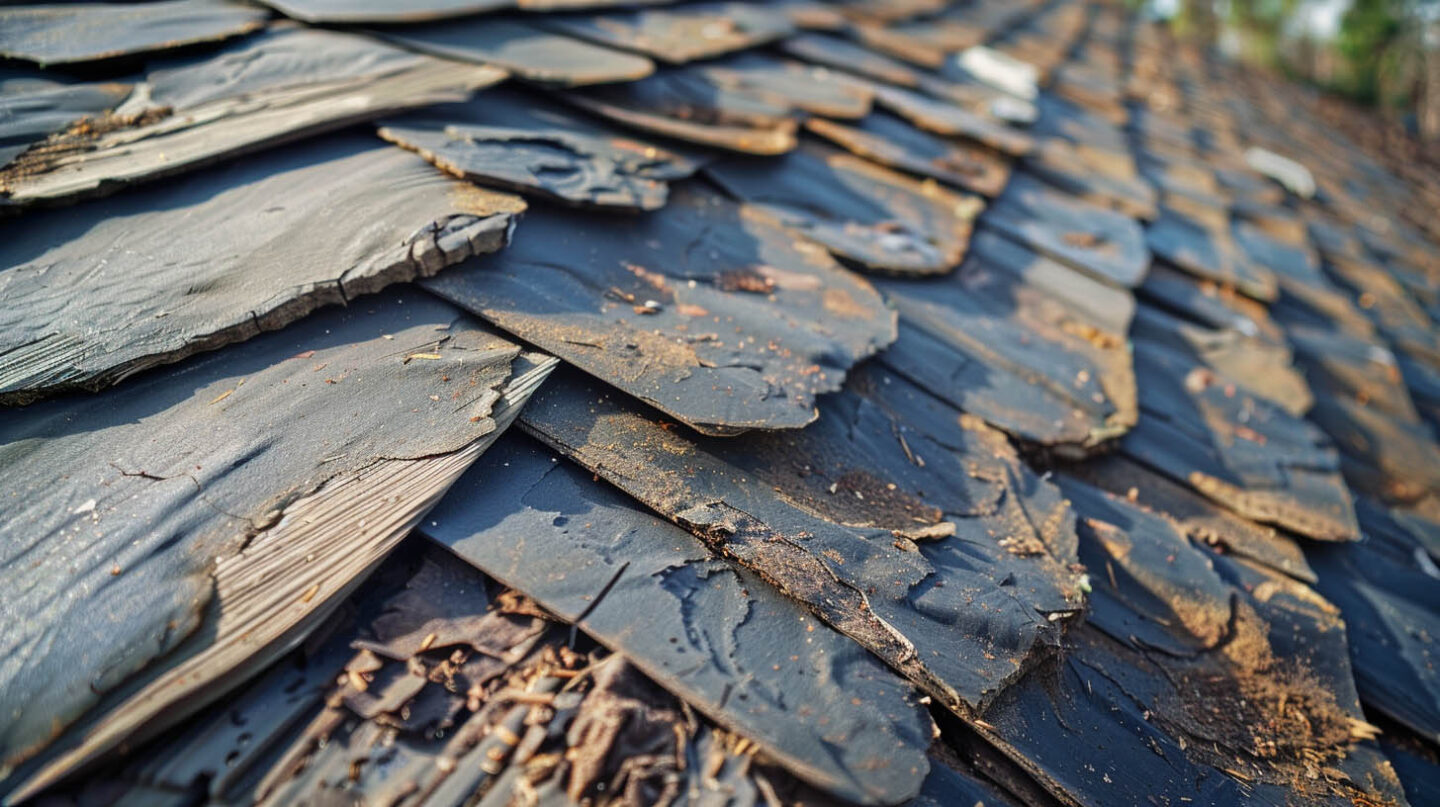
Risks to Structural Integrity Over Time
Over time, roofing systems that utilize a layover installation can pose significant risks to structural integrity. The added layers of shingles, while providing immediate protection, may exacerbate issues with weight distribution and moisture retention in existing roofing materials. This additional layer can mask underlying problems like damaged sheathing, which, if left unchecked, could lead to severe water damage and greater deterioration. A thorough inspection by skilled roofing contractors is essential to ensure that any current issues are addressed before proceeding with this method.
Warranty Differences: Tear-Off vs Layover
Warranty coverage is one of the most compelling reasons to choose a tear-off. Most shingle manufacturers, including top brands like GAF, will not honor their shingle warranty if the new roofing materials are installed in a layover. This leaves you with significant warranty risks and no protection if the materials fail prematurely.
A tear-off, on the other hand, allows for a proper installation that meets manufacturer specifications, ensuring your investment is protected by a full manufacturer warranty. Let’s look at why these restrictions exist and what they mean for you.
Manufacturer Warranty Restrictions on Layover
Manufacturers often impose strict limitations on warranties for roofing layovers. The presence of multiple layers of roofing materials can complicate claims, as many warranties only cover complete roof replacements. Additionally, underlying issues like damaged sheathing may negatively impact the warranty’s validity, particularly in adverse weather conditions. Homeowners should be aware that the risk of water damage increases with an overlay roof, further complicating warranty enforcement. It’s crucial to discuss these potential restrictions with your roofing contractor before deciding on the best option for your property.
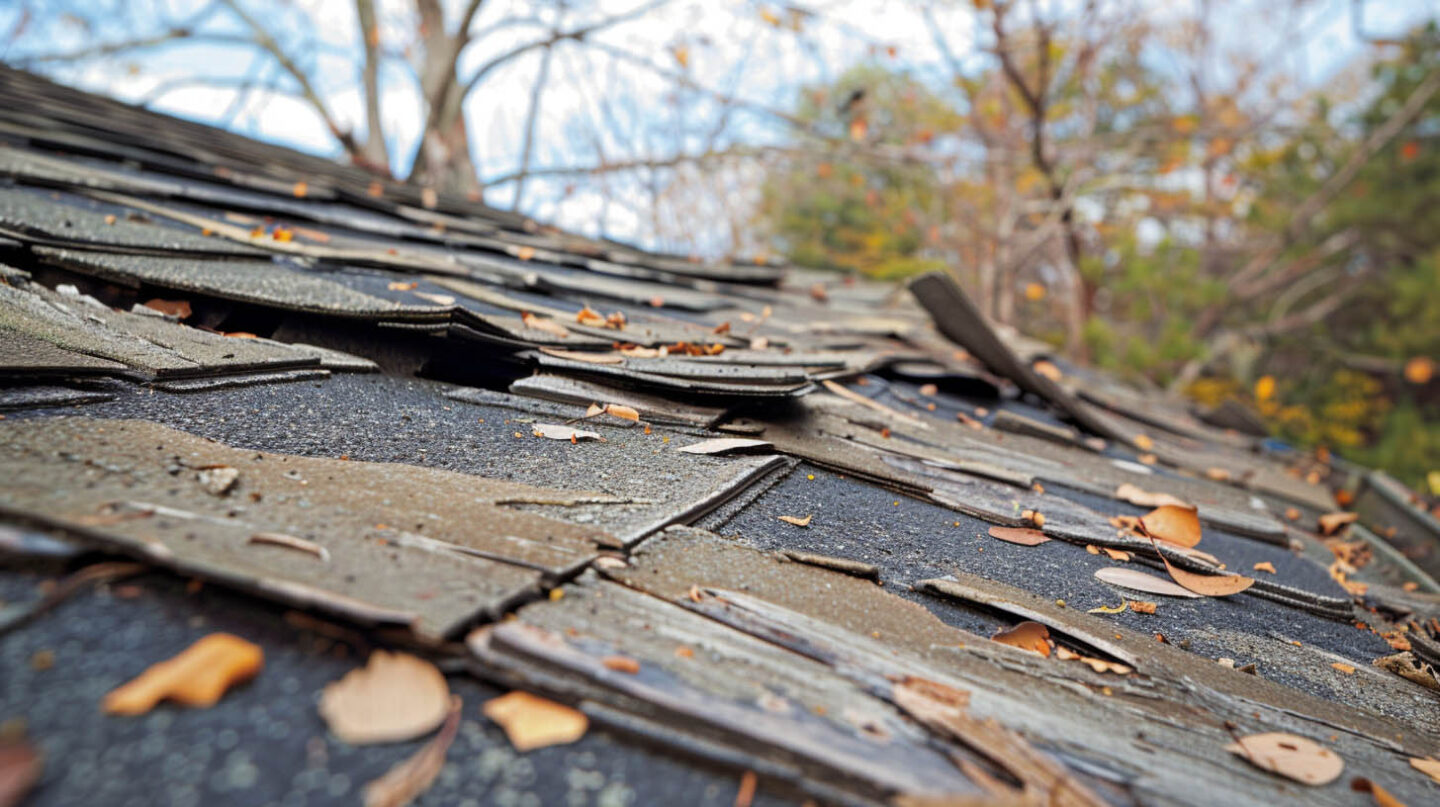
Common Warranty Issues Faced by Homeowners
Homeowners often discover that warranty restrictions can limit coverage when opting for a roofing layover. Many manufacturers stipulate that previous layers of shingles must be in good condition to qualify for a warranty, placing the onus on the homeowner for potential hidden defects in the existing roofing materials. Moreover, some warranties may not cover issues stemming from water damage or inadequate installation. This lack of comprehensive protection can lead to significant costs in repairs and adversely affect the resale value of the home if problems arise.
Get in Touch
Choosing between the tear-off and layover roofing methods involves understanding the nuances of each and their potential impact on your home’s value. A thorough inspection helps identify the condition of existing roofing materials, guiding homeowners to make informed decisions. Whether prioritizing structural integrity or considering warranty implications, each option has merits and drawbacks. As a GAF Master Elite Contractor, BBB A+, Haag Certified Inspector, NC Licensed General Contractor, and recognized as Raleigh’s Best Roofing Contractor by NHBA and the Raleigh Chamber of Commerce, we ensure that selecting the best choice guarantees not only aesthetic appeal but also long-term durability. This safeguards your investment against the elements and enhances your home’s resale value.
Frequently Asked Questions
What is the difference between roof overlay and tear off?
The main difference is in the preparation. A roof overlay involves placing a new layer of shingles directly over the existing roofing materials. In contrast, a tear-off requires a roofer to completely remove all old materials down to the roof deck before installing a new system.
What are the advantages of tear off?
A tear-off provides a brand new roof with a clean slate, ensuring better protection against the elements. It allows for the inspection and repair of the underlying deck, improves curb appeal with a smoother finish, and significantly increases your home’s resale value with a fully warrantied system.
What Is Tear-Off Roof Replacement?
A tear-off roof replacement is a process where all old roofing materials are stripped away in a complete tear. This exposes the roof deck for inspection and repairs. Afterward, an entirely new roofing system—including underlayment, flashing, and shingles—is installed, providing maximum durability and longevity.
Read our blog: Re-Roofing with Skylights: Replace or Reuse?

